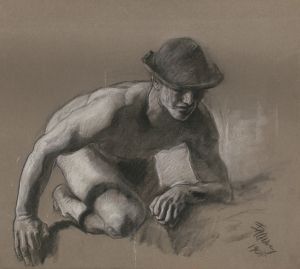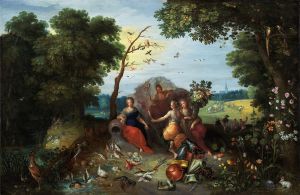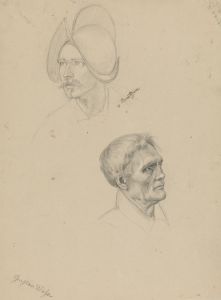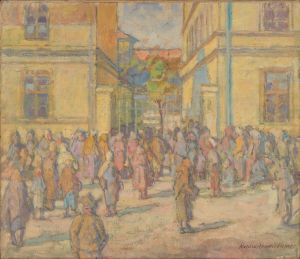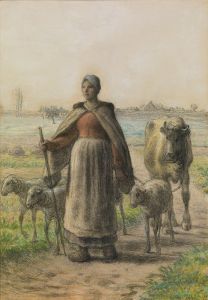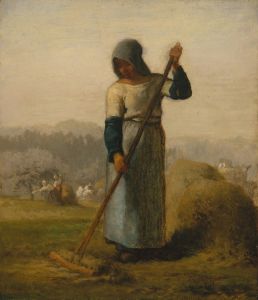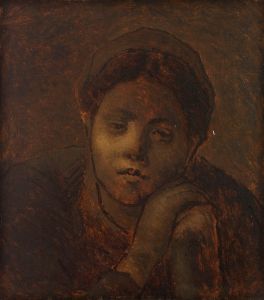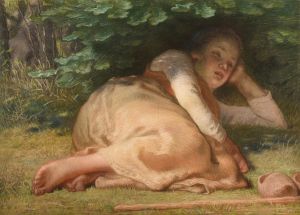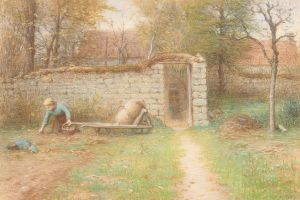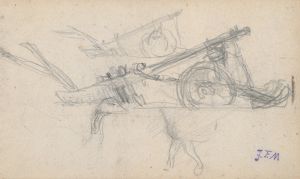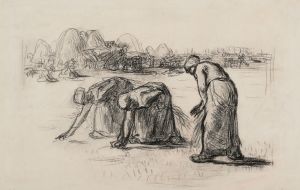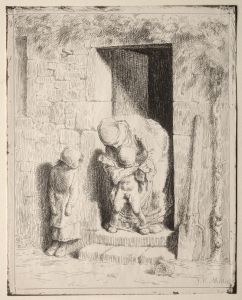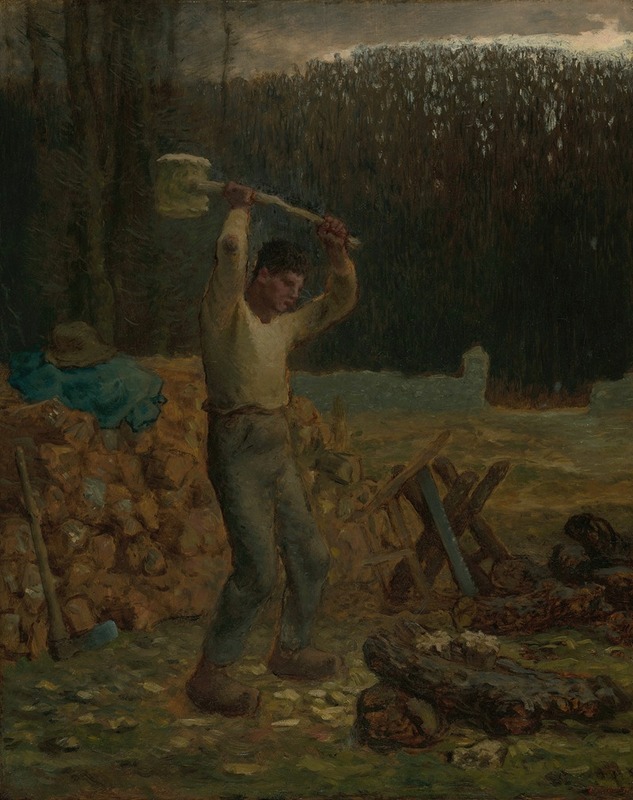
The Woodchopper
A hand-painted replica of Jean-François Millet’s masterpiece The Woodchopper, meticulously crafted by professional artists to capture the true essence of the original. Each piece is created with museum-quality canvas and rare mineral pigments, carefully painted by experienced artists with delicate brushstrokes and rich, layered colors to perfectly recreate the texture of the original artwork. Unlike machine-printed reproductions, this hand-painted version brings the painting to life, infused with the artist’s emotions and skill in every stroke. Whether for personal collection or home decoration, it instantly elevates the artistic atmosphere of any space.
Jean-François Millet's "The Woodchopper" is a notable work by the French painter, who is renowned for his depictions of rural life and peasant subjects. Millet was a leading figure in the Barbizon School, an art movement that emerged in France during the mid-19th century. This movement was characterized by its focus on realism and the natural world, often portraying the everyday lives of rural workers with dignity and respect.
"The Woodchopper" exemplifies Millet's commitment to capturing the essence of peasant life. The painting depicts a solitary figure engaged in the laborious task of chopping wood. This subject matter aligns with Millet's broader artistic focus on the dignity and hardship of rural laborers, a theme that runs throughout much of his work. The woodchopper is portrayed with a sense of realism and authenticity, emphasizing the physicality and effort involved in his task.
Millet's technique in "The Woodchopper" reflects his mastery of composition and use of color to convey mood and atmosphere. The painting is characterized by its earthy tones and subtle contrasts, which serve to highlight the figure of the woodchopper against the natural backdrop. Millet's brushwork is both precise and expressive, capturing the textures of the wood and the surrounding environment with great attention to detail.
The painting is also notable for its composition, which draws the viewer's eye to the central figure while also providing a sense of the broader landscape. This balance between the individual and their environment is a hallmark of Millet's work, underscoring the connection between people and the land they work. The woodchopper is depicted in a moment of pause, suggesting both the physical demands of his labor and a moment of introspection or contemplation.
Millet's portrayal of rural life was influenced by his own background; he was born into a farming family in the village of Gruchy, Normandy. This personal connection to the land and its people informed his artistic vision and provided a foundation for his empathetic depictions of peasant life. "The Woodchopper" is a testament to Millet's ability to convey the nobility and resilience of rural workers, elevating their everyday tasks to the level of fine art.
Throughout his career, Millet faced both praise and criticism for his focus on peasant subjects. Some contemporaries viewed his work as a powerful social commentary on the conditions of rural laborers, while others criticized it for its perceived lack of idealism. Despite this, Millet's influence on subsequent generations of artists is undeniable, with his work paving the way for later movements such as Realism and Impressionism.
"The Woodchopper" remains an important example of Millet's artistic legacy, showcasing his skill in capturing the human condition through the lens of rural life. The painting continues to be appreciated for its technical excellence and its poignant portrayal of a moment in the life of a woodchopper, reflecting the broader themes of labor, nature, and humanity that define Millet's oeuvre.





